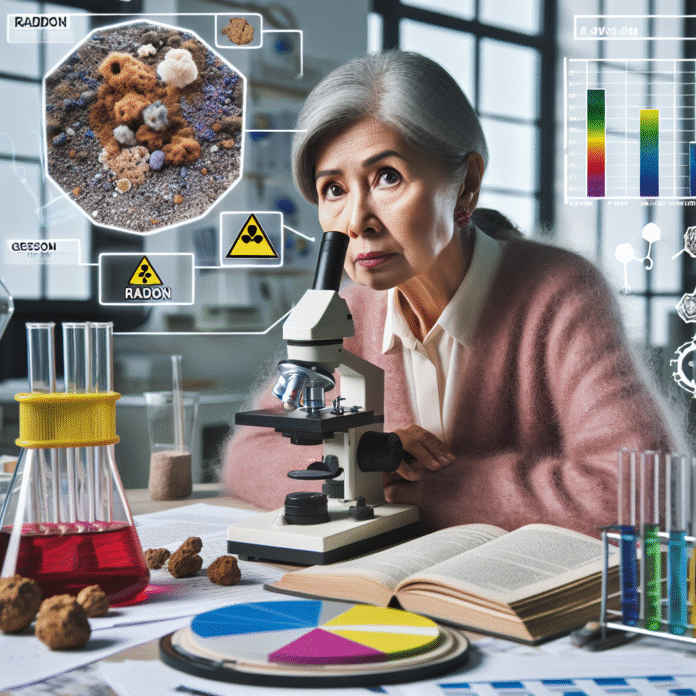Raising Awareness on Radon Risks in Soil
Annan geochemist and research scientist aims to inform policymakers and the public about the dangers of radon in soils
Understanding the Dangers of Radon in Soils
In recent years, the conversation around environmental health has shifted towards a less visible but equally concerning threat: radon gas. Geochemist and research scientist Annan emphasizes the importance of raising awareness among policymakers and the general public about the dangers posed by radon, particularly in soil. This naturally occurring radioactive gas can seep into homes and buildings, presenting significant health risks to unsuspecting residents.
What is Radon?
Radon is a colorless, odorless gas that is produced during the decay of uranium found in soil, rock, and water. It is present in varying concentrations across different geographical locations, and its levels can be exacerbated by specific environmental factors, such as geological formations and soil composition. In enclosed spaces, radon can accumulate to dangerous levels, increasing the risk of lung cancer for those exposed over extended periods.
Health Risks Associated with Radon Exposure
The primary health concern linked to radon exposure is lung cancer. The United States Environmental Protection Agency (EPA) estimates that radon is the second leading cause of lung cancer after smoking. According to the World Health Organization (WHO), radon exposure contributes to thousands of lung cancer deaths each year worldwide. The risk is particularly high for smokers, as the combination of tobacco and radon exposure significantly increases the likelihood of developing the disease.
Radon in Soil: The Hidden Threat
Soil can be a significant source of radon gas, especially in areas with high uranium content. As radon escapes from the soil, it can enter homes through cracks in floors, walls, and foundations, as well as through construction joints and gaps around pipes. Factors such as poor ventilation and the design of a building can contribute to higher concentrations of radon indoors.
Measuring Radon Levels
To effectively combat the risks associated with radon, it is crucial to measure its levels in residential and commercial properties. Individuals can purchase radon testing kits or hire professionals to conduct comprehensive assessments. Regular testing is recommended, especially in areas known to have high radon concentrations. The EPA provides guidelines, suggesting that radon levels above 4 picocuries per liter (pCi/L) warrant immediate action.
Policy Recommendations for Mitigating Radon Risks
Policymakers play a pivotal role in addressing the dangers of radon. Here are several recommendations:
- Public Awareness Campaigns: Initiate campaigns to inform citizens about radon, its dangers, and the importance of testing their homes.
- Building Codes: Incorporate radon-resistant construction techniques in new buildings, especially in areas with known radon issues.
- Funding for Testing and Mitigation: Provide financial assistance or incentives for homeowners to test for and mitigate radon in their properties.
- Research and Monitoring: Invest in research to better understand radon levels in soils across different regions and monitor changes over time.
Conclusion
As the understanding of radon and its dangers continues to evolve, it is crucial for both policymakers and ordinary citizens to remain vigilant. By educating ourselves and taking proactive steps, we can significantly reduce the risks posed by radon exposure. Together, we can create safer living environments and protect public health from this silent threat.


